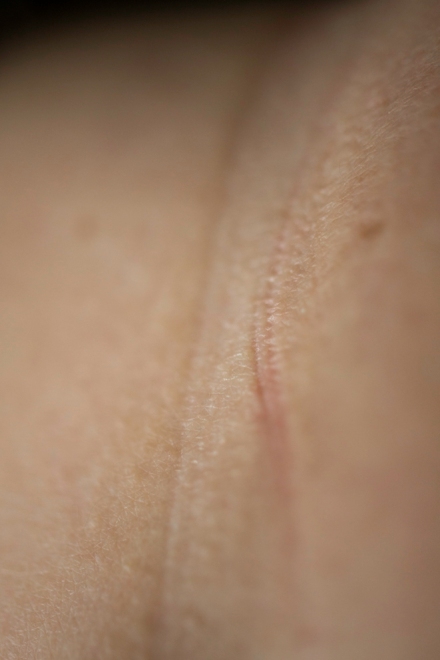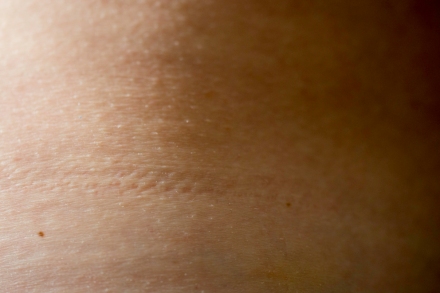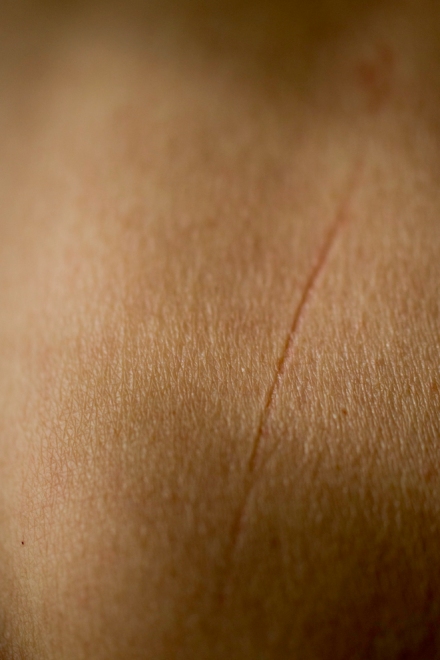The material I’m gathering for assignment five has been diverging for a little while, I was conscious of it, but couldn’t work out what was happening. I had some strong feelings for what I now realize are twin narratives, both these strands are important to me, to how I feel about both myself and each investigation.
The course brief for this assignment is to produce fifteen images and write about 300 words, and I was thinking about this containing brief when listening to Fiona Yaron-Field’s presentation at the OCASA study visit. Of course a student’s life has a trammeling delimited by course structure, whereas once a student is released from those confines the parameters become self bounded. The ‘work’ may take a few weeks, or a few years, or more likely an indeterminate period and become a ‘work-in-progress. Fiona started to document her relationship with her daughter – born with Down’s syndrome – and by implication the artist’s relationship with the condition itself. The work with her daughter came to a natural conclusion after her daughter entered her teenage years, but the investigation into the condition has carried on – some eighteen years or so to date. Other projects this photographer has underway have a longevity that I found had me questioning the sense of purpose within an eight or twelve week period of an assignment.
Another spectral presence that has been hovering over me for some time is text, or perhaps more accurately words and reflecting on the discussion from the Study Day has helped to unlock some barriers I have had coupling text to images. This course of study and research into a visual medium has done nothing to diminish my respect for the words. The strength of words still holds me to account far easier and far harder than imagery, this course has compounded the notion I have had that pictures; photographs, paintings and any constructed visual medium, are constructs, fictions, lies – whether intentional or not. Perhaps intentional fabrications have greater integrity than the ‘records’ of social documentary, news reportage.
Thinking of an exercise at the beginning of another course, which had me, presenting a ‘document’ of the place where I live was brought back to mind as I considered the work on the current assignment on this course. I had ambled around the village I have called home for close on thirty years for that previous exercise, and I remember thinking about how shallow the pictures provided, how the fiction that I presented was informed by the sole use of framing – or by whatever creative approach I provided to produce the post processed result. The village, the home that I ‘documented’ has a greater sense of depth for me than those provided, it didn’t go nearly far enough to the deliver sense of place that I feel it has.
And similarly I have been documenting the same sense of ‘light’, that illuminating presence that occurs and pricks and constructs a narrative in my home. These domestic and village narratives are becoming distinct and need to be encouraged to part from each other. Underpinning, or perhaps undermining, these thoughts is the partial reconstruction of the family home and I wonder if that destruction and subsequent reconstruction is playing a more significant role in the scenarios being played out in front of me.
The decision is made to bifurcate the project and develop the two strands independently, to see where both strands lead. The decision has already had one significant ramification which is to do with the addition of text. For the exterior image of home the text will come from a number of sources both contemporary and older, perhaps ancient. I will use sources such as the local history group and publications to provide a partial view of the village ‘where I live’. And then to the interior view of the domestic, which I now think will be intensely personal, but despite – or maybe because of this – I will continue to post on this and make the decision which one to submit in a while. I will also start to research texts that chime with these images; my thoughts are that they maybe directly coupled or decoupled to the image, but, despite what someone said to me earlier, and I paraphrase ‘this is a visual arts course’ I may decide to allow the text to have primacy. Either way I think that denoting the images with a time has served it’s purpose and I shall continue with or without text.


